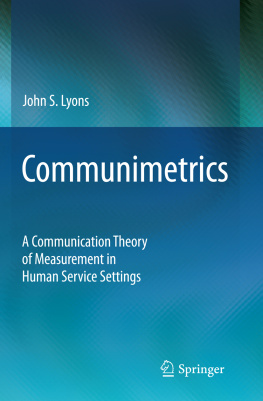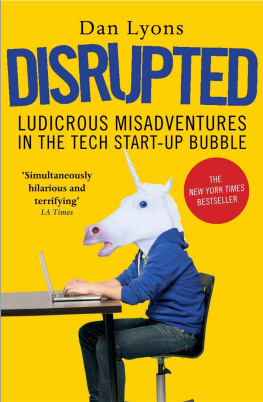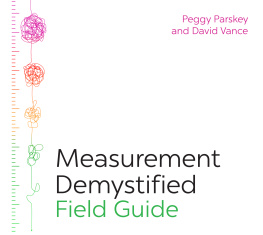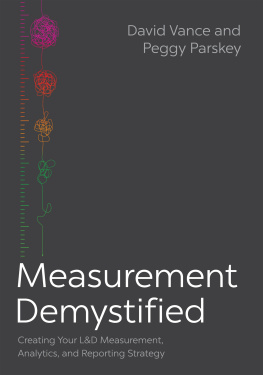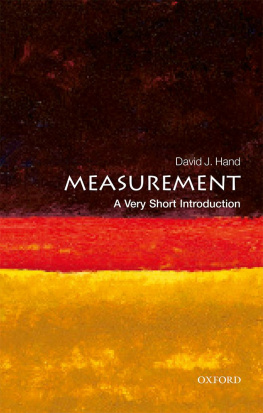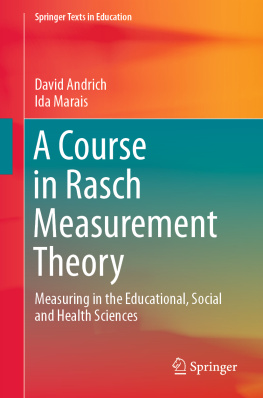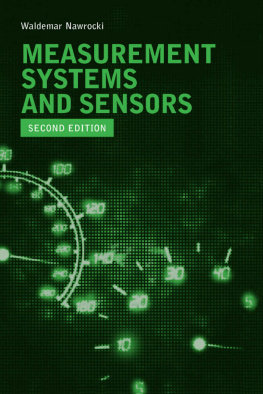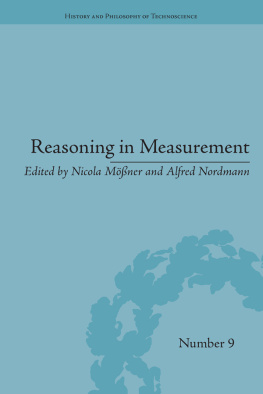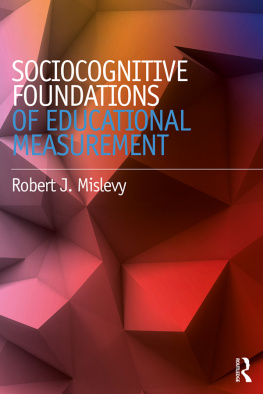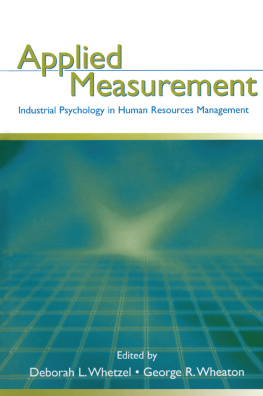John S. Lyons Communimetrics A Communication Theory of Measurement in Human Service Settings 10.1007/978-0-387-92822-7_1 Springer Science+Business Media, LLC 2009
Abstract
Measurement is the foundation of the scientific enterprise. All major scientific breakthroughs were preceded by a revolution in measurement and instrumentation, the methods used to apply a measurement. However, measurement is not solely the purview of science. Measurement is also fundamental to commerceyou cant manage what you dont measure. Human service settings are often at the fulcrum between the scientific perspective, which informs practice, and the business perspective, which manages that practice. The emergence of the information age has ignited an enhanced interest in the use of measurement processes to inform the management of human services. However, the use of numbers in managing human affairs dates to antiquity. In the biblical story of Noah, God gave specific instructions on the dimensions of the arc that Noah was to build. Wright (). In large part, these measurement processes were intended to facilitate fairness and reduce conflict associated with disagreements in commerce. In fact, modern currency has its roots as a measurement strategy to equate the value of various goods and services. This measurement was not science, it was business. Now we are able to equate most currencies in the global marketplace, making trade easier even as these currencies fluctuate in relative value based on a host of complex factors. Consequently, although measurement is the foundation of science, to view measurement exclusively within the realm of normal science is limiting. Measurement also has a crucial role in commerce. Since human service enterprises are essentially a set of business models to apply scientifically acquired knowledge, it becomes necessary to simultaneously consider both the scientific and the commercial perspectives when applying measures.
After language our greatest invention is numbers .
Benjamin Wright,
Measurement is the foundation of the scientific enterprise. All major scientific breakthroughs were preceded by a revolution in measurement and instrumentation, the methods used to apply a measurement. However, measurement is not solely the purview of science. Measurement is also fundamental to commerceyou cant manage what you dont measure. Human service settings are often at the fulcrum between the scientific perspective, which informs practice, and the business perspective, which manages that practice. The emergence of the information age has ignited an enhanced interest in the use of measurement processes to inform the management of human services. However, the use of numbers in managing human affairs dates to antiquity. In the biblical story of Noah, God gave specific instructions on the dimensions of the arc that Noah was to build. Wright (). In large part, these measurement processes were intended to facilitate fairness and reduce conflict associated with disagreements in commerce. In fact, modern currency has its roots as a measurement strategy to equate the value of various goods and services. This measurement was not science, it was business. Now we are able to equate most currencies in the global marketplace, making trade easier even as these currencies fluctuate in relative value based on a host of complex factors. Consequently, although measurement is the foundation of science, to view measurement exclusively within the realm of normal science is limiting. Measurement also has a crucial role in commerce. Since human service enterprises are essentially a set of business models to apply scientifically acquired knowledge, it becomes necessary to simultaneously consider both the scientific and the commercial perspectives when applying measures.
Nunally (). At the simplest level, one cannot imagine a chief executive officer of a company remaining in that position for very long if the income from product sales consistently did not exceed the costs of producing the product and taking it to market. To compete effectively in a competitive marketplace, businesses have grown more quality conscious. One could not imagine an automobile factory that kept building cars that wont start and dont move. All automobile producers test drive their cars. Nor could one imagine a winery not keeping count of the number of bottle, cases, and casks produced and sold. And, of course, wineries routinely taste test their products before sale.
Instrumentation facilitates the effective use of measurement in both science and commerce. Advancing in instrumentation to measure brain activity, such as positron emission tomography (PET) and functional magnetic resonance imaging (fMRI) has revolutionized this area of research and improved medical practice. Improved inventory control methods allow just-in-time management in grocery stores and other retail businesses to improve efficiency, reduce waste, and improve profitability.
Sometimes, however, we wish to measure things that are not readily accessible to instrumentation. Particularly in human service enterprises, the objectives of service delivery are often more difficult to describe and measure. For example, a program for homeless individuals that attempts to find housing can readily measure whether the individual has a place to live. Whether that place feels safe and comfortable to the individual is not as easy to assess. Often the objective of a service system involves characteristics of people that are not easily accessible to instrumentation, and are, therefore, more difficult to measure. Due, in part, to this limitation, human services are one of the last sectors of our economy to fully embrace the application of measurement processes to its work. Most industries routinely apply measurement processes to ensure quality and inform management decisions. While attention to quality in human services has a history over the past four decades, it is not the case that the actual goals and objectives of most human services are routinely measured and managed. A program may measure the number of people served or the units of service provided, but they do not routinely measure the impact of those services on the lives of those served. This historical reality, however, is beginning to change.
Most measurement in the human service settings has been done on an atheoretical, ad hoc basis. The measurement of age or gender does not require a theory or a complicated measurement operation. Many pieces of informationadmission/enrollment date, time of service, dispositiondo not require formal theories of measurement. This convenience of measurement has had two unintended consequences. First, if this is the only information available to managers, they will manage these numbers only. Second, the science of studying human service enterprises frequently relies on convenience databases, so most services research has focused on these easy-to-measure constructs, as they are readily available and trustworthy in large service databases.
However, there are many things that influence the human service delivery processes that are more complicated. In medicine and behavioral health, there is the clinical presentation, i.e., symptoms and signs of illness. In vocational rehabilitation, there are issues of job skills and capacities. In services for individuals with developmental disability, there are the constructs of adaptive functioning. For business incubation, there are characteristics of the business plan and capacity of the entrepreneur. All of these constructs require some forethought to create formal operations that result in their reliable and valid measurement.

